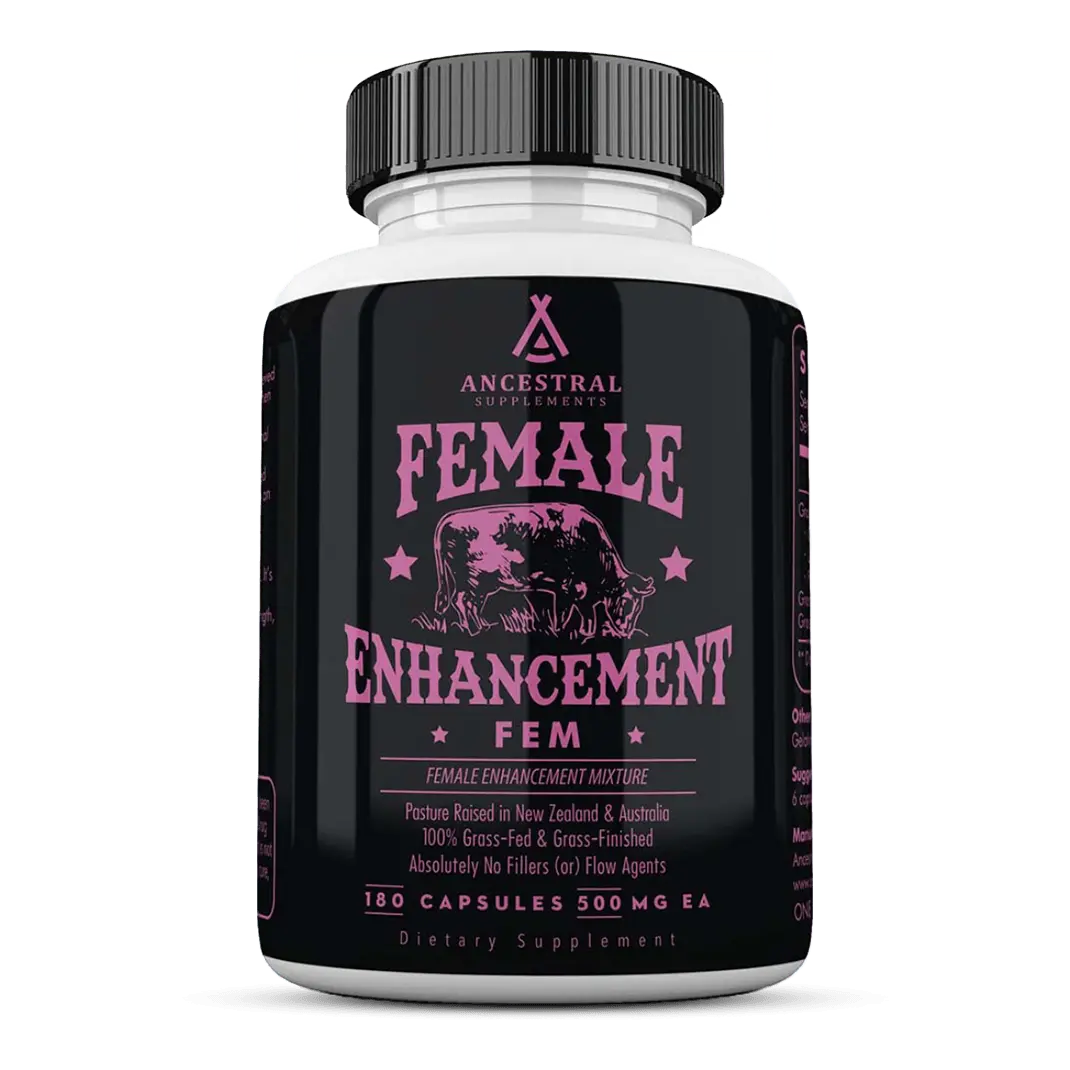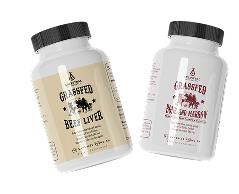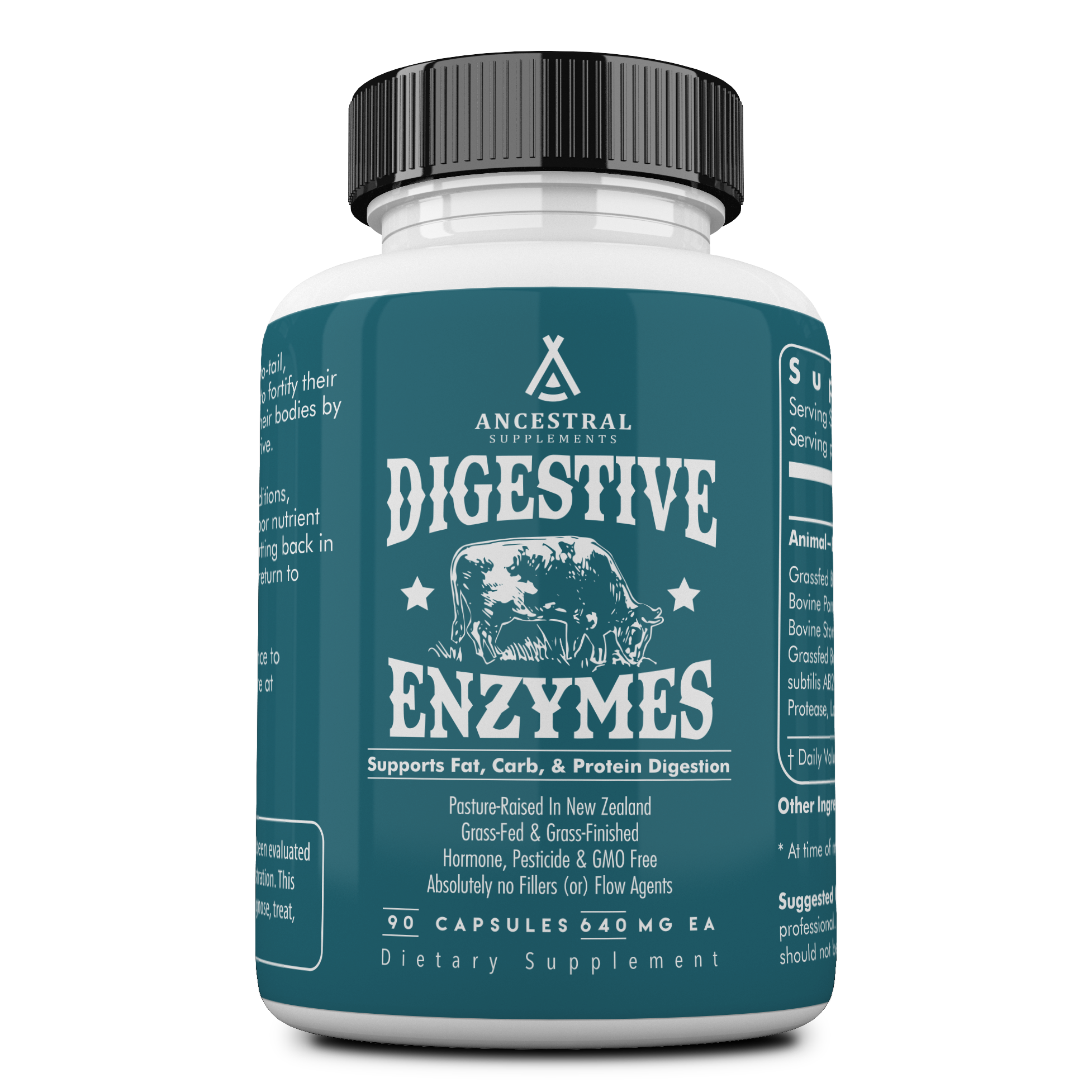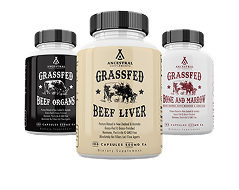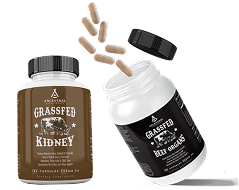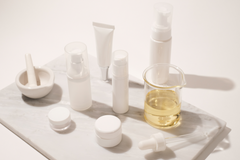7 Reasons You're Probably Deficient in Vitamin D

Vitamin D is one of, if not, the most important vitamin needed for optimal health. In fact, it's not even a vitamin at all—it's actually considered a pro-hormone.
What's concerning is that upwards of 75–90% of adult Americans are chronically deficient in vitamin D (1). This means that most individuals reading this are likely lacking sufficient vitamin D levels.
There are five different known types of vitamin D (D1, D2, D3, D4, and D5). This article focuses on D2 (ergocalciferol) and D3 (cholecalciferol).
Why You Should Prioritize Getting Adequate Amounts of Vitamin D
Vitamin D functions more like a hormone within the body, and deficiency can lead to serious health consequences, including:
-
Osteoporosis (2)
-
High blood pressure
-
Cancer (3)
-
Heart disease (4)
-
Depression
-
Arthritis
-
Insomnia
-
Chronic pain
Conversely, maintaining sufficient vitamin D levels can lead to significant improvements in overall health. Research has shown that adequate vitamin D levels can result in better skin complexion, improved mood, reduced seasonal depression, enhanced focus, and overall better well-being.
Studies demonstrate that vitamin D can have transformative effects on health and quality of life when levels are optimized through consistent application of evidence-based strategies.
What Is Vitamin D and How is it Made?
Many people believe that diet is the best source of vitamin D. However, unlike most other vitamins and minerals, vitamin D isn't most bioavailable from nutrition alone. While foods like fish, eggs, mushrooms, meats, and dairy products contain small amounts of vitamin D, they are not the primary source the body expects.
UV rays, specifically UVB rays, are responsible for vitamin D creation within the body. While popular belief suggests that UV radiation is harmful and should be avoided at all costs, the truth is that sunlight is necessary for optimal health. Just as food is a required nutrient, light is also an essential nutrient needed to thrive. Problems arise only when exposure becomes excessive.
When exposed to sunlight with a higher UV index (preferably 3+), sufficient UVB radiation hits the skin, along with UVA rays that help regulate vitamin D production. The UVB rays interact with melanin (the component in skin that determines complexion) and a steroid called 7-dehydrocholesterol (cholesterol within the body).
The liver then converts this into the body's most bioavailable form of vitamin D3, cholecalciferol. The kidneys and liver subsequently convert this to its final form known as calcitriol. VDBP (vitamin D binding proteins) then transport it throughout the body where needed.
Simply put, the body uses UVB rays from the sun to create vitamin D, utilizing internal cholesterol to produce the most bioavailable form—vitamin D3.
Since cholesterol is used to produce vitamin D, this explains why cholesterol numbers may increase during winter months when natural vitamin D production is reduced.
Understanding that sunlight is the most natural way to obtain vitamin D, it becomes clear that most people aren't getting enough natural sunlight due to various factors: excess clothing, over-application of sunscreen, excessive indoor time, and living in climates with limited UV radiation.
Society has become conditioned to believe that every inch of skin must be covered to avoid the sun's rays and prevent cancer. While excess UV exposure does have serious consequences, chronically low vitamin D levels actually increase the likelihood of developing cancer and other health issues.
A 2009 study shows that indoor workers have increased rates of melanoma because they're exposed to sunlight through windows, which only allows UVA (the type of UV light that doesn't produce vitamin D) to pass through (5).
The 7 Main Causes of Vitamin D Deficiency
1. Not Exposing Yourself to Enough Natural Sunlight (UVB)
While dietary habits and vitamin D3 supplementation can help, the best source of vitamin D is sunlight exposure. Sunlight provides not only vitamin D production but also improved nitric oxide status, exposure to infrared waves, cholesterol synthesis, and more (6).
Insufficient outdoor time is widespread. Depending on skin type and color, at least 20 minutes daily of UV radiation from natural sunlight is needed. Darker complexions (higher melanin content) require more sunlight exposure.
2. Over-Applying Sunscreen
When people do venture outside, they often immediately apply sunscreen to prevent burning. Burning is caused by excess UVB exposure (the body's way of signaling "sufficient vitamin D has been produced"). Everyone should get some direct sunlight daily without sunscreen application. For extended outdoor exposure, apply natural sunscreen free of harmful chemicals after obtaining adequate UV rays.
3. Wearing Too Many Layers of Clothing
Not exposing skin directly to sunlight contributes to vitamin D deficiency. Humans evolved to be in direct sunlight, and genes expect this exposure. Understanding individual tolerance is key—provide the skin with needed sunlight and cover up before overexposure occurs.
4. Working Behind Glass Windows
UVB rays are shorter than UVA rays and cannot penetrate glass. UVA can be damaging in excess without UVB balance. Sitting near windows all day, even on overcast days, may cause harm. Recent studies show that excessive UVA with insufficient UVB from window exposure can actually deplete vitamin D levels (7). Taking outdoor breaks and rolling up sleeves for UVB exposure is beneficial.
5. Having an Overly Toxic Body
The liver performs numerous vital functions, including filtering toxic chemicals and producing cholecalciferol (vitamin D3). Constant exposure to toxins through processed foods, poor air quality, and unfiltered water makes optimal vitamin D production difficult for the liver.
6. Taking Cholesterol-Lowering Medications
Vitamin D is fat-soluble, requiring adequate dietary fat for proper function and cholesterol for conversion and transport. Statin drugs used to lower total cholesterol can affect your vitamin D levels (8, 9).
A diet rich in healthy fats and high-quality cholesterol can significantly improve vitamin D levels and overall health. Grass-fed butter, eggs, grass-fed meat, and liver are excellent sources of cholesterol and healthy fats. These foods can improve cholesterol particle size and regulate overall numbers. Avoiding excess refined carbohydrates is important, as they can disrupt cholesterol balance.
7. Too Much Unhandled Stress
Stress accounts for over 80 percent of all physician-related visits in modern society (10). Excessive stress disrupts hormonal balance, potentially leading to weight gain, diabetes, heart disease, and hypertension.
Since vitamin D acts more like a hormone than a vitamin, hormonal imbalances affect vitamin D levels. Just as sunlight is needed to produce vitamin D, sleep is required to utilize it. Poor sleep and elevated cortisol at inappropriate times significantly affect vitamin D utilization. Healthy stress management practices include walking, yoga, social connection, and relaxing activities.
Problems With Conventional Sunscreen Use
While sun exposure provides amazing health benefits, overexposure can have serious health consequences. Precaution is necessary during extended sun exposure, especially for lighter-skinned individuals during summer months.
According to the Environmental Working Group (EWG), 75% of over 1,000 tested sunscreen brands didn't perform adequately (11).
Most conventional sunscreens contain harmful, hormone-disrupting ingredients like oxybenzone, parabens, homosalate, cinoxate, and para-amino benzoic acid. Many sunscreens available in America are not legally permitted for sale in Europe due to cancer-causing agents they contain (12).
Best Dietary Sources of Vitamin D
The sun is by far the best source for vitamin D3, though some foods provide smaller quantities. Many products claiming to be "fortified with vitamin D" are misleading and don't function effectively in the body (13).
Misleading Foods:
Conventional milk - Pasteurization destroys beneficial enzymes needed for lactose digestion. Homogenization changes milk structure, making it difficult to digest. While naturally containing trace vitamin D amounts, pasteurized milk contains substantially less vitamin D than raw milk (14).
100% fruit juices - Some juices, like orange juice, are fortified with vitamin D to address deficiency. However, fortification typically uses vitamin D2 rather than D3. Fruit juices can be misleading due to "healthy" labeling while containing large amounts of sugar.
Foods That Naturally Contain Vitamin D:
Fatty fish - Wild-caught salmon, mackerel, tuna, halibut, rainbow trout, and sardines are excellent vitamin D3 sources. When sustainably sourced and properly prepared, fish provides high omega-3 levels and vitamin D. As a fat-soluble vitamin, vitamin D is perfectly complemented by fatty fish.
Mushrooms - When grown in proper conditions, mushrooms provide smaller vitamin D doses. UV-exposed mushrooms like shiitake, portabella, and oyster offer vitamin D along with great taste and other nutrients.
Egg yolks - Among the most nutritious foods available, high-quality egg yolks provide vitamin D, folate, B12, choline, lutein, zeaxanthin, cholesterol, and healthy saturated fats.
Raw milk - Sustainably sourced raw milk contains vital nutrients, fat-soluble vitamins (A, D, E, and K), and all amino acids. Ensure sourcing from reputable, grass-fed, sustainably raised sources.
Final Thoughts
Vitamin D is among the most important vitamins (hormones) for human health. Optimization can be achieved through simple lifestyle adjustments and consistent application of evidence-based strategies. Rather than expecting overnight changes, focus on constant repetition: increased outdoor time, consumption of vitamin D-rich foods, and overall health optimization.

